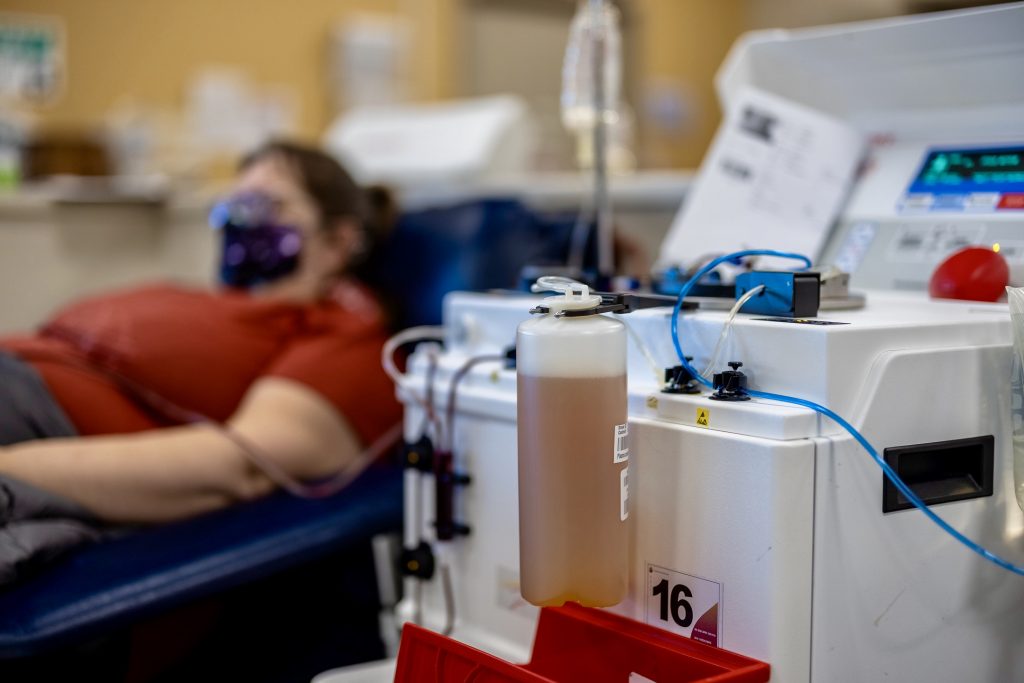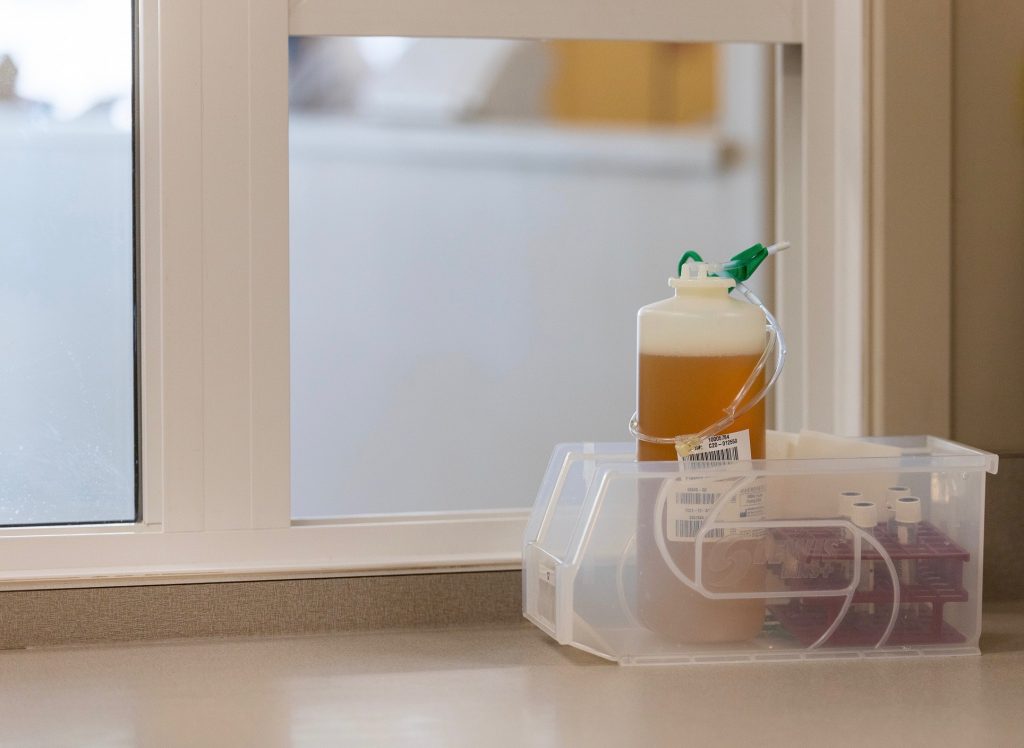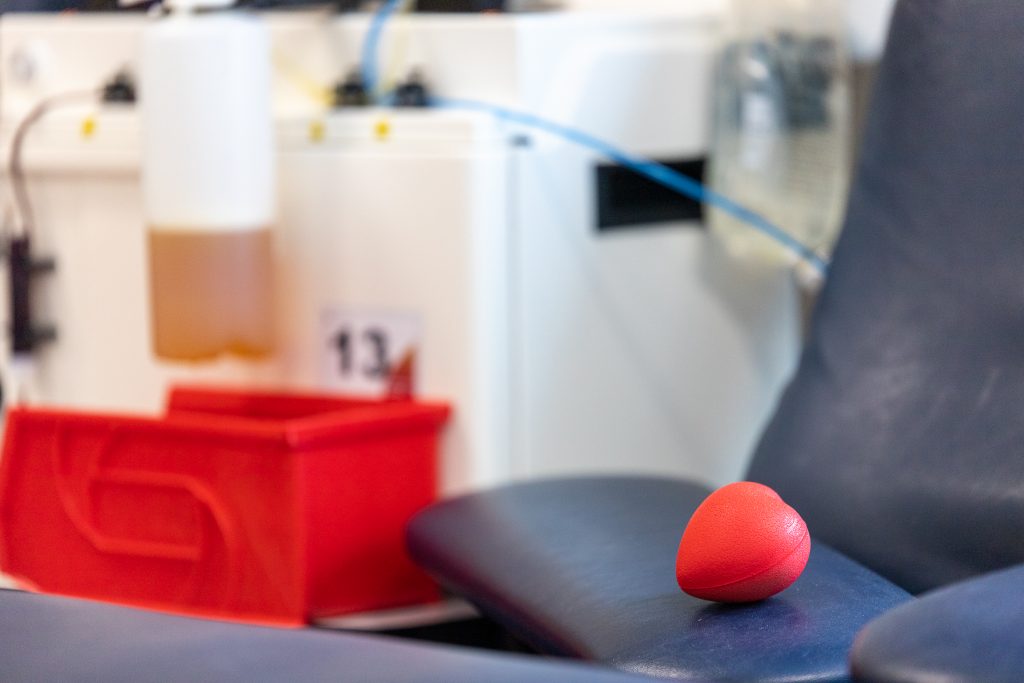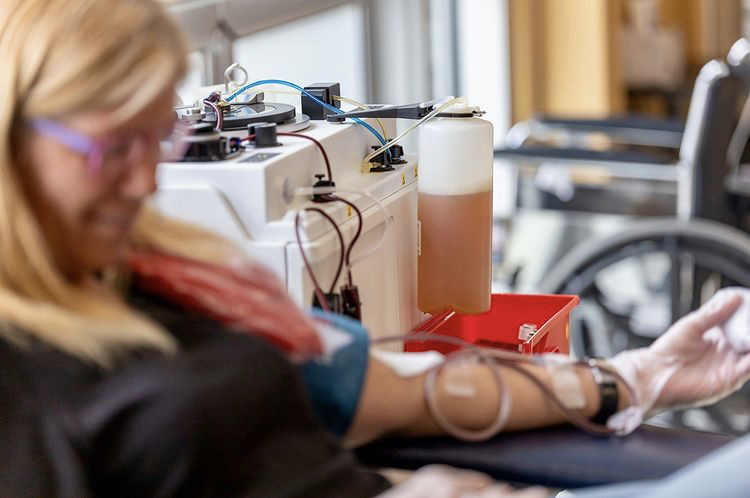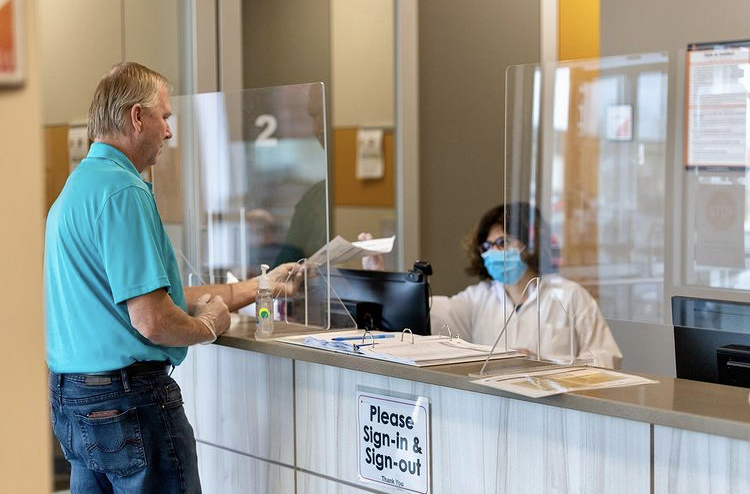Blog
janvier 5, 2021
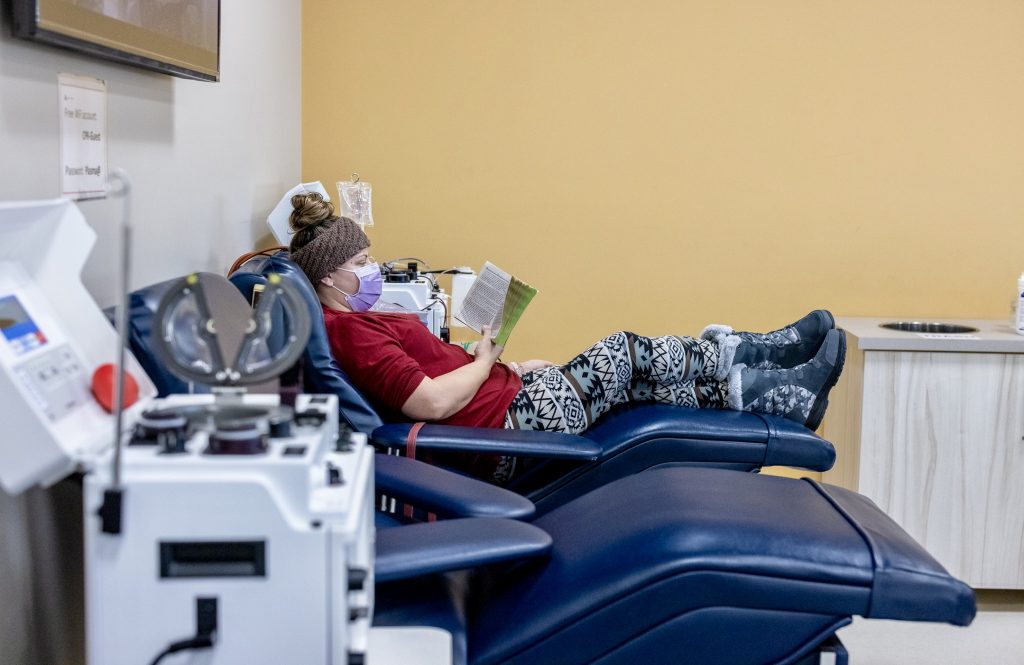
The new year is a great time to start a brand new habit. Whether you’re looking to give back to others or supplement your income in 2021, plasma donation is a fulfilling process that allows for the possibility of both of these things.
Want to learn more about what plasma donation entails? In today’s blog, we’ll be uncovering the basics of plasma donation and how you can become a donor at DB Plasma.
What Is Plasma?
Plasma is a yellowish liquid component of blood. It makes up more than half, about 55%, of your blood’s overall content. The main role of plasma is to carry nutrients, hormones, and proteins around the body.
What Is Plasma Used For?
Blood plasma contains important antibodies, clotting factors, and proteins that can be manufactured into life-saving treatments. Bleeding disorders and rare diseases that affect the immune system can be treated using plasma-derived therapies. Plasma is also commonly used to treat animal bites, burns, and pediatric HIV.
How Does the Plasma Donation Process Work?
The plasma donation process entails registering, screening, donating, and relaxing. Plasma donors are thoroughly screened and undergo regular health checks to ensure they are in good health and able to donate. Once eligibility has been established, plasma donors are intravenously connected to high-tech apheresis machines and undergo plasmapheresis.
Plasmapheresis is a method used to remove plasma from the body and separate it from other blood components that are subsequently returned to the bloodstream. This process takes roughly 50 minutes to complete. After donors have completed their plasma donation, they are encouraged to relax and enjoy refreshments.
Benefits of Donating Plasma
There are many benefits to donating plasma. Plasma donation is a generous act that can ultimately help save lives. It is a great way to contribute to the creation of life-saving therapies and the discovery of innovative new treatments. As a plasma donor at DB Plasma, you also get the opportunity to earn up to $90/week for your donations!
How to Become a Plasma Donor At DB Plasma
If you’re interested in becoming a plasma donor, visit the eligibility page on our website to find out if you meet the requirements needed to become a donor. If you think you’d be a good candidate, don’t hesitate to book an appointment at a centre near you. We’re always happy to take on new plasma donors!
Plasma donation is an incredible act that can change the lives of others for the better. With the new year upon us, now’s a good a time as ever to get involved in a good cause and start giving back!


